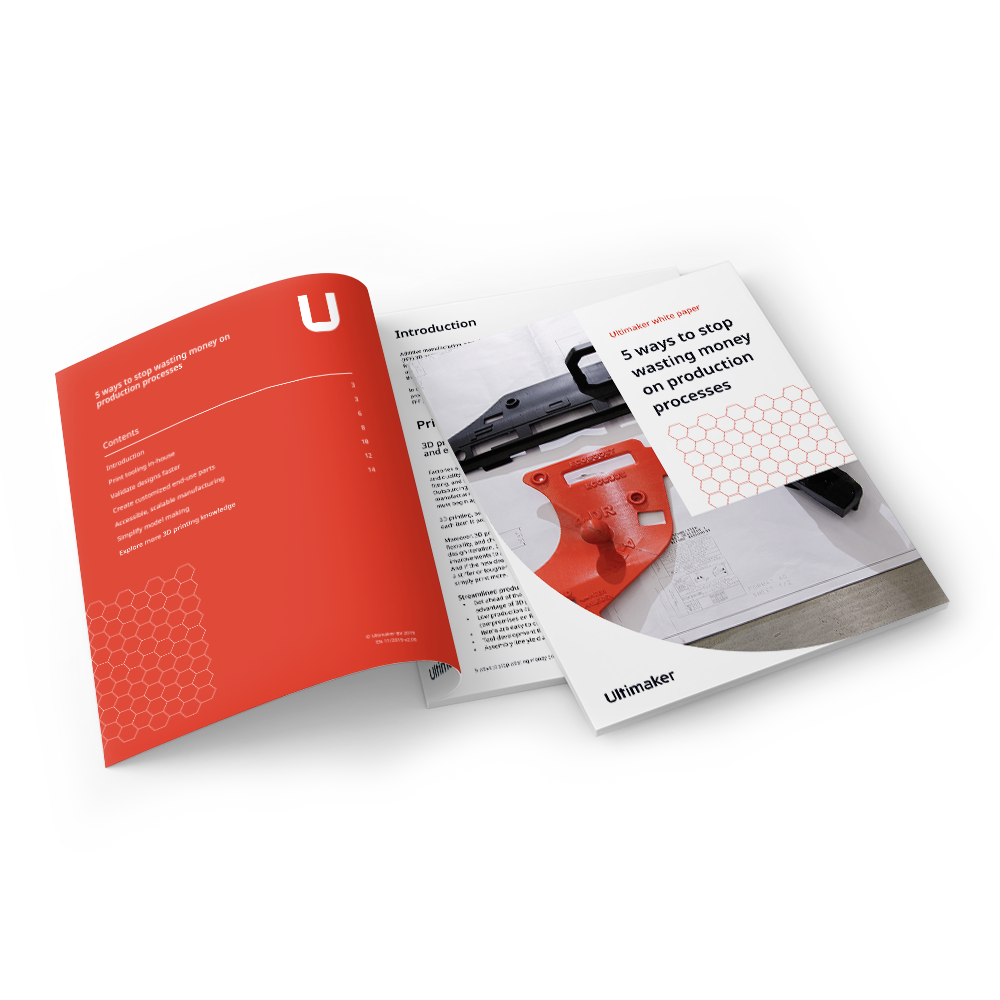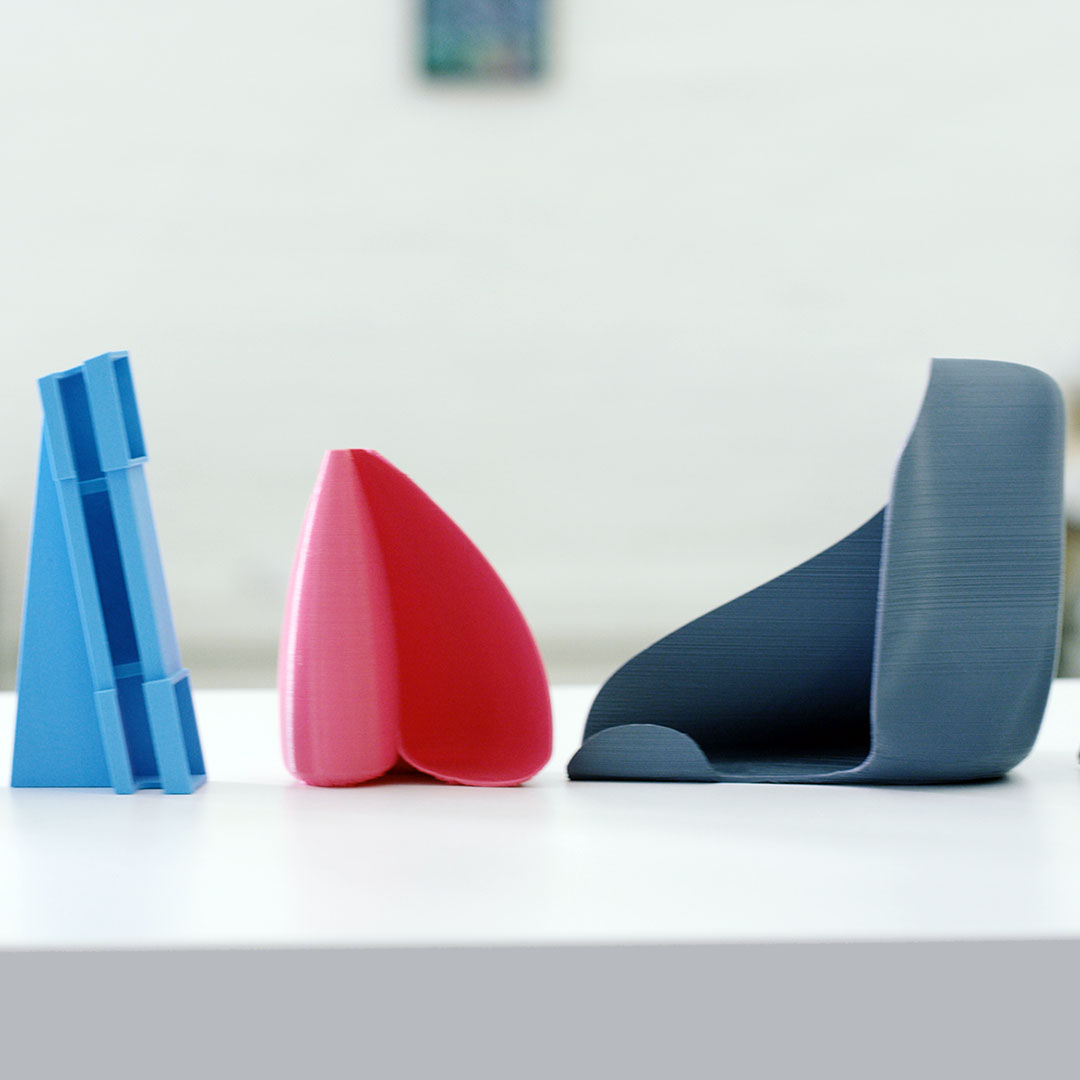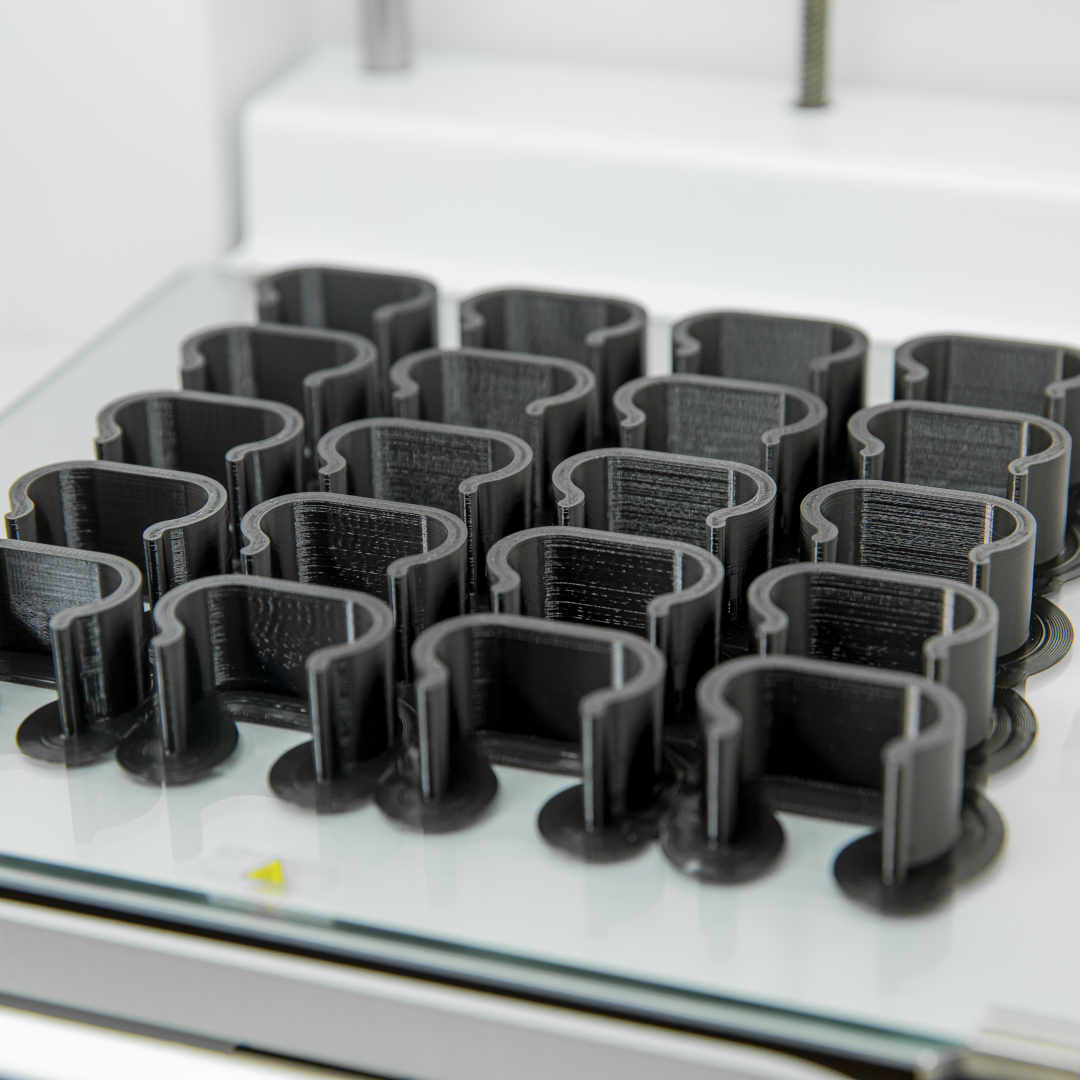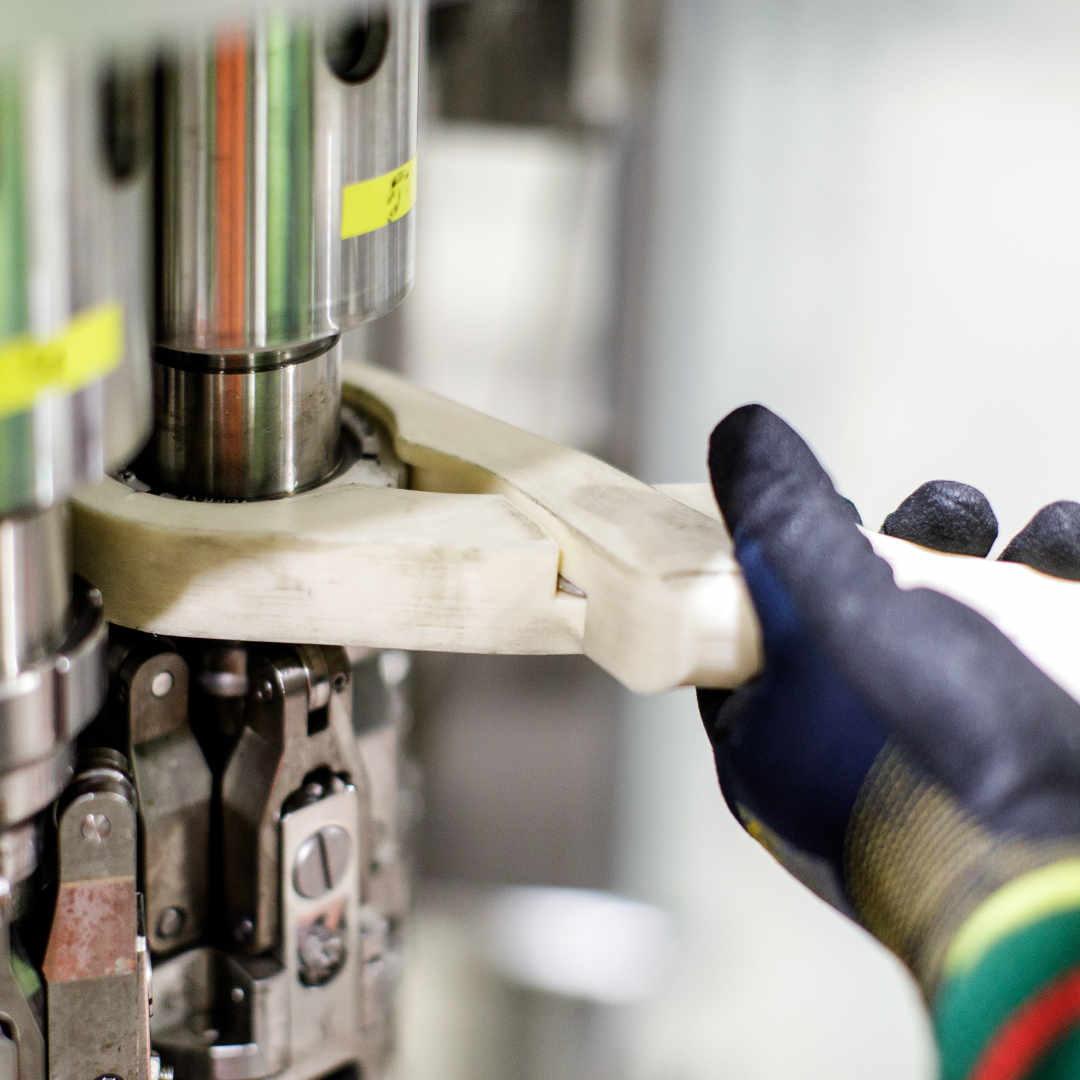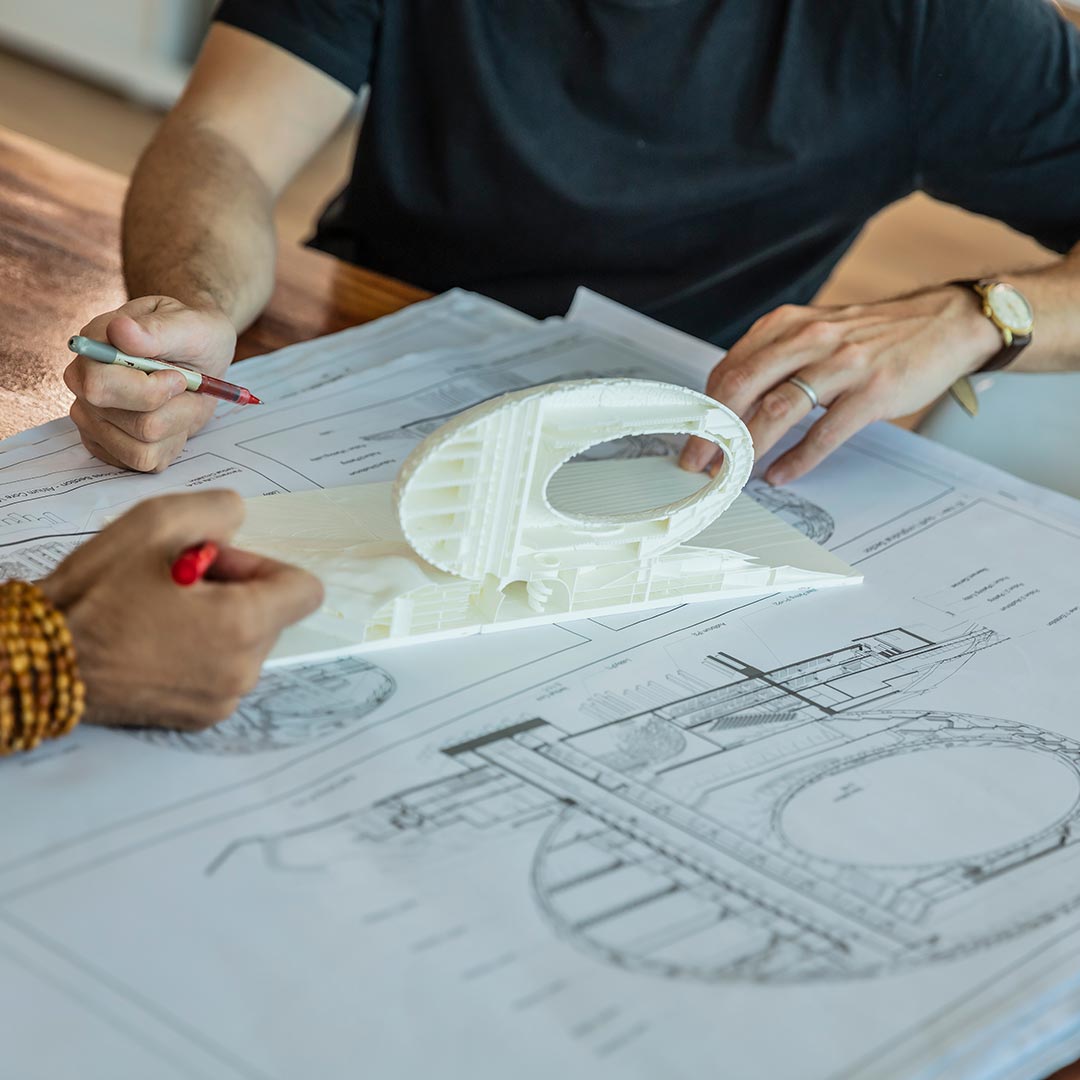Any technology exists to solve a problem or make our lives better – and 3D printing is no different. Before diving into all the technical details, let’s look at what you can make with a 3D printer.
Prototypes
True to its origins as ‘rapid prototyping’, 3D printing is still widely used for this purpose. With 3D printing, designers and engineers can print their digital designs and review them within hours.
There are different types of prototyping that you can make with a 3D printer. Designers can create multiple early concepts to set the direction of a product development process, or in later design stages create a realistic mockup to evaluate shape and form – for example how a phone feels in the hand.
And engineers can use diverse material options to perform functional testing of their prototypes, such as checking heat or impact resistance, or fit testing the design of a new part.
What else can you make with a 3D printer?
Functional parts
Beyond prototyping, a 3D printing is a powerful way to create functional parts and tools. Most plastic products are created by injection molding – a process where molten plastic is injected into a metal mold, where it sets in the desired shape. While this process can take as little as a few seconds and is easy to repeat, it takes much longer to make the initial mold and only becomes cost effective once you’ve made a lot of parts.
What if you only need a few hundred? Or you need them by the end of the week? That’s where 3D printing can help.
Early concept prototypes for a tablet stand, which you can make with a 3D printer
Some parts are small enough to print batches in a single print job
As 3D printers have become more reliable and capable of printing with a wider range of materials – from strong glass or metal composites to flexible rubber-like materials – short-run manufacturing of small batches has become a realistic option.
3D printers give the producer more control and flexibility. If shipment of a component is delayed or there’s a spike in demand for your product, parts can simply be 3D printed so that production schedules stay on track. This is not only useful for manufacturing businesses, but helped to keep medics safe at the start of the COVID-19 pandemic when PPE and other supply chains couldn’t meet demand.
Replacement parts are common on manufacturing and packaging lines where any problems and downtime can be very costly. If a part can no longer be sourced, or frequently fails and needs to be optimized, 3D printing means a replacement can be installed in a matter of hours.
Tools
Technically a type of functional part, 3D printed tooling is now so widespread it can be considered a category of application. Manufacturers can create and test new or optimized tools whenever they like, as well as custom jigs and fixtures to make the manufacturing process easier and more repeatable, for first-time-right results.
Models to explain concepts
As well as designing and making products, visualizing concepts in 3D is another great example of what you can make with a 3D printer.
Applications include architectural models of new developments, medical models for planning surgery or explaining procedures to patients, and visualizations for education purposes.
A 3D printed tool being used for a manufacturing line changeover
Architects reviewing a 3D printed model of their design
Falling costs and the development of more compact ‘desktop’ 3D printers have also made the technology increasingly accessible over time.
Want to discover more?
Explore the world of 3D printing further by checking out our answers to these common questions:
And for an even deeper dive, the white paper below is free to download.
























